
Teaching and learning resources for the construction industry with NVQ and Diploma Assessment Criteria
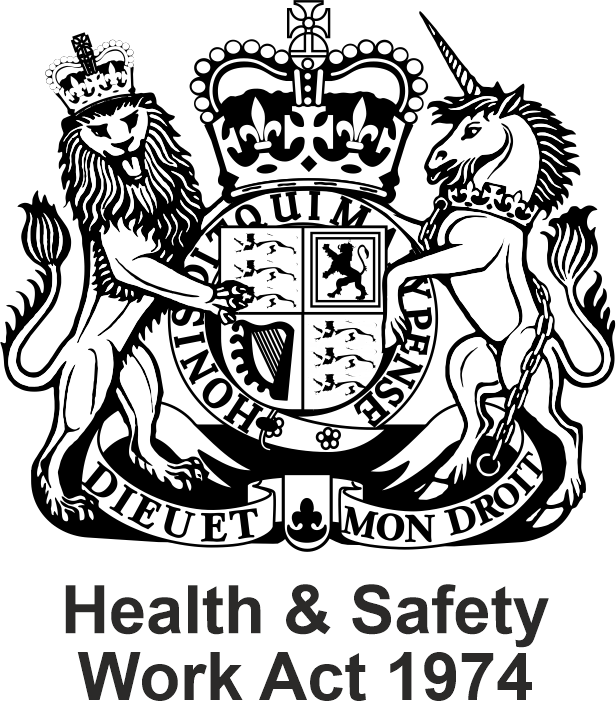
Assessment criteria
The learner can:
1.1 Identify Personal Protective Equipment (P.P.E.) appropriate for Construction Operations Units
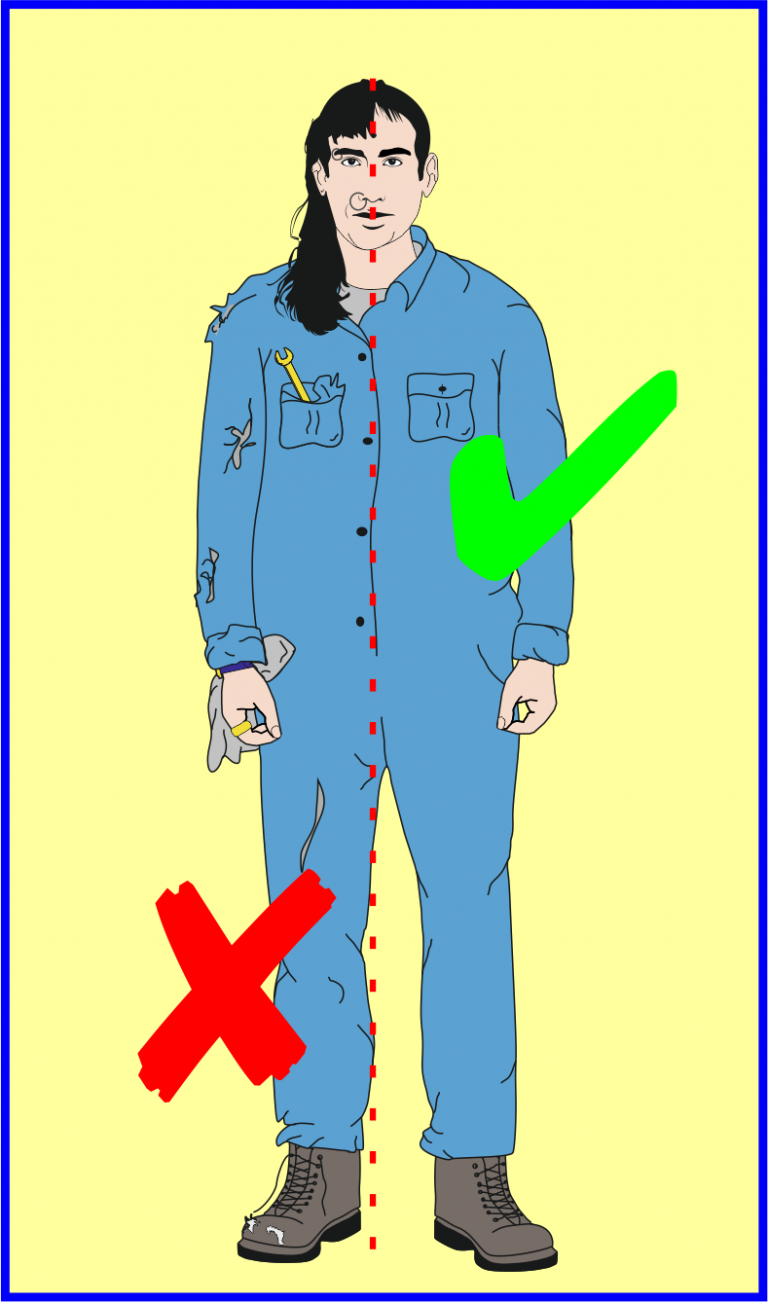
Employers have duties concerning the provision and use of Personal Protective Equipment (P.P.E.) at work.
P.P.E. is equipment that will protect the user against health or safety risks at work.
It can include items such as safety helmets, gloves, eye protection, high-visibility clothing, safety footwear and safety harnesses.
It also includes respiratory protective equipment (R.P.E.).
Employers responsibilities to workers on providing PPE are changing from 6 April 2022
The Personal Protective Equipment at Work Regulations 2022 amend the 1992 Regulations to extend employers’ and employees’ duties in respect of PPE to a wider group of workers.
You can find interim guidance explaining the changes.
Hazards
Construction workers on a construction site have a wide range of challenging and risky working environments dealing with various sorts of hazards like concrete, acids, heat, and the list goes on.
All workers must wear the appropriate overalls for the conditions they are working in always read the risk assessments and method statements for a construction activity before starting
Options
Conventional or disposable overalls, boiler suits, specialist protective clothing, eg chain-mail aprons, high-visibility clothing.
Note
The choice of materials includes flame-retardant, anti-static, chain mail, chemically impermeable, and high-visibility.
Don’t forget other protection, like safety harnesses or life jackets.
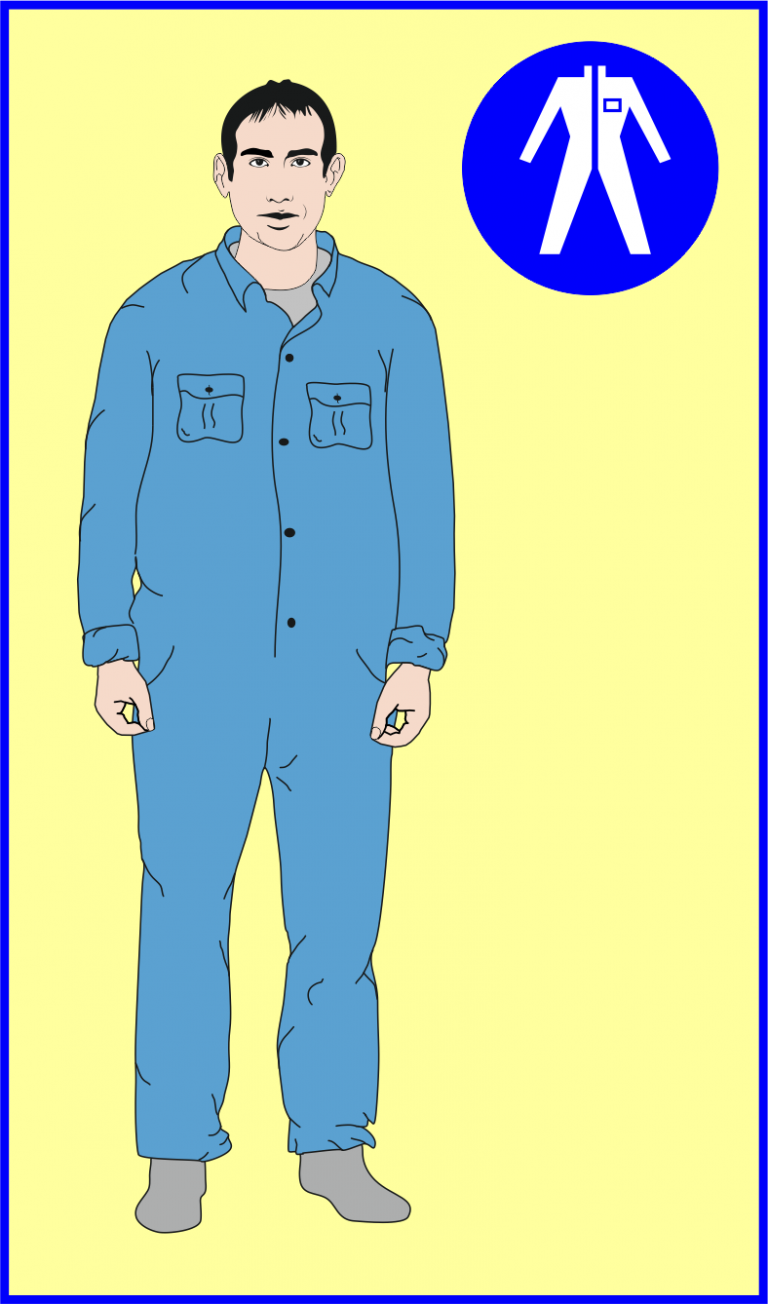
Overalls
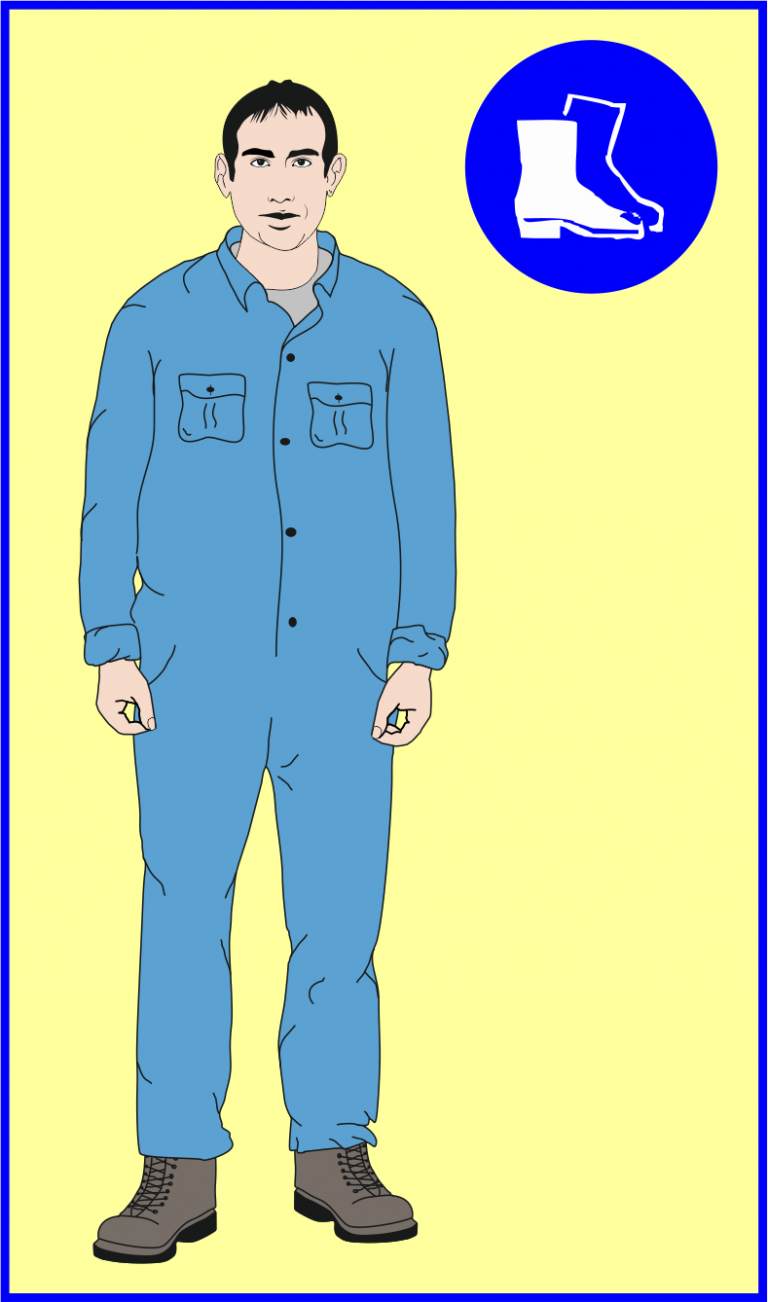
Safety Boots
Hazards
Wet, hot and cold conditions, electrostatic build-up, slipping, cuts and
punctures, falling objects, heavy loads, metal and chemical splash,
vehicles
Options
Safety boots and shoes with protective toe-caps and penetration-resistant, mid-sole wellington boots and specific footwear, eg foundry boots and chainsaw boots
Note
Footwear can have a variety of sole patterns and materials to help
prevent slips in different conditions, including oil -or chemical-resistant soles.
It can also be anti-static, electrically conductive or thermally insulating.
Appropriate footwear should be selected for the risks identified
Hazards
Temperature extremes, adverse weather, chemical or metal splash, spray from pressure leaks or spray guns, impact or penetration, contaminated dust, excessive wear or entanglement of own clothing.
Options
Conventional or disposable overalls, boiler suits, specialist protective clothing, eg chain-mail aprons, high-visibility clothing.
Note
The choice of materials includes flame-retardant, anti-static, chain mail, chemically impermeable, and high-visibility.
Don’t forget other protection, like safety harnesses or life jackets.
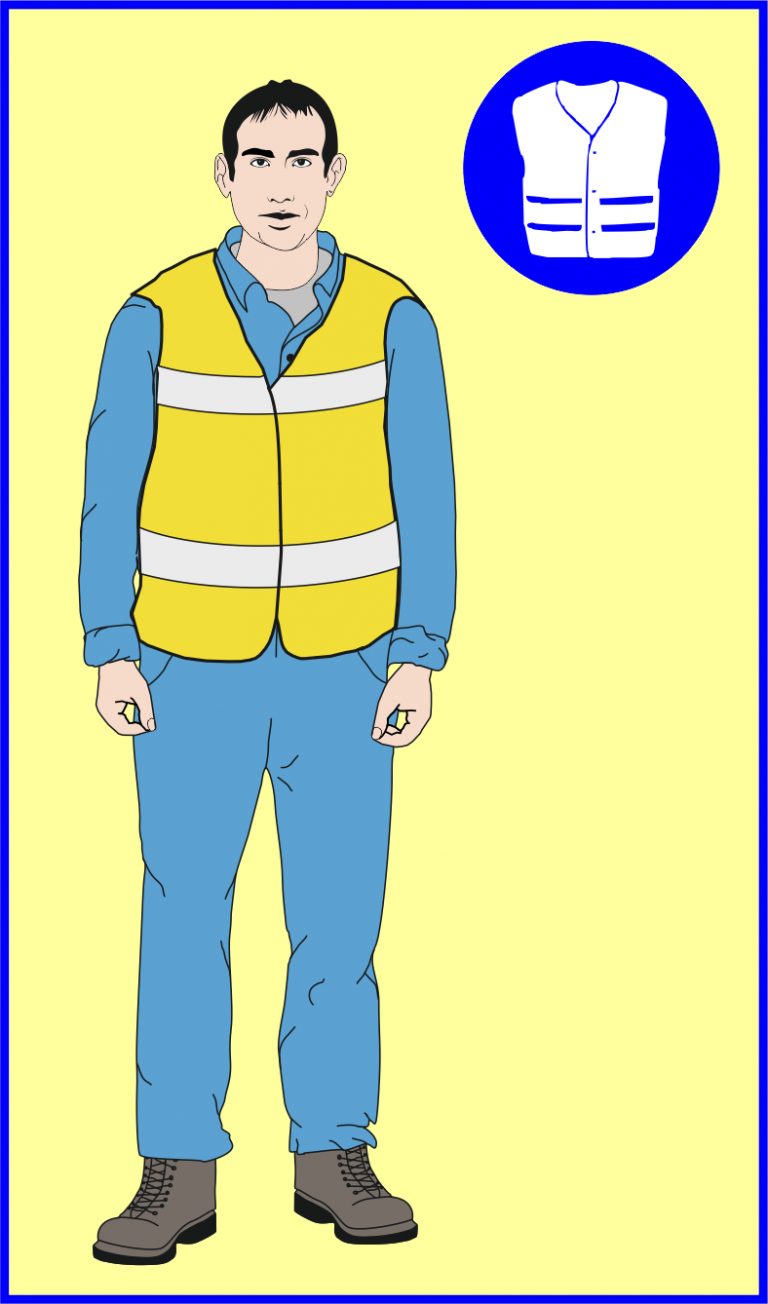
(Hi-Viz) Jacket
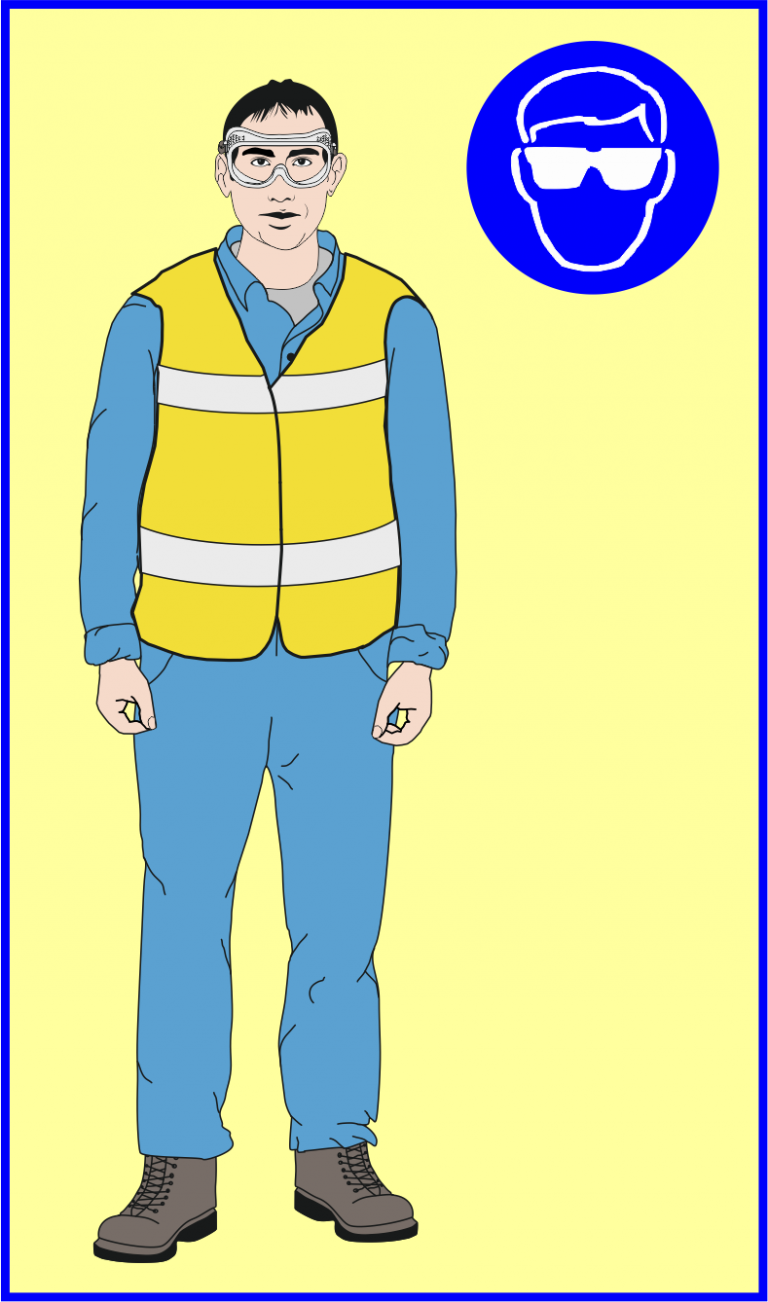
Goggles
Hazards
Chemical or metal splash, dust, projectiles, gas and vapour, radiation
Options
Safety spectacles, goggles, face screens, face shields, visors
Note
Make sure the eye protection chosen has the right combination of impact/dust/splash/molten metal eye protection for the task and fits the user properl
Hazards
Abrasion, temperature extremes, cuts and punctures, impact, chemicals, electric shock, radiation, vibration, biological agents and prolonged immersion in water.
Options
Gloves, gloves with a cuff, gauntlets and sleeving that covers part or all of the arm.
Note
Avoid gloves when operating machines such as bench drills where the gloves might get caught.
Some materials are quickly penetrated by chemicals –take care in the selection, see HSE’s skin at work website.
Barrier creams are unreliable and are no substitute for proper P.P.E.
Wearing gloves for long periods can make the skin hot and sweaty, leading to skin problems. Using separate cotton inner gloves can help prevent this
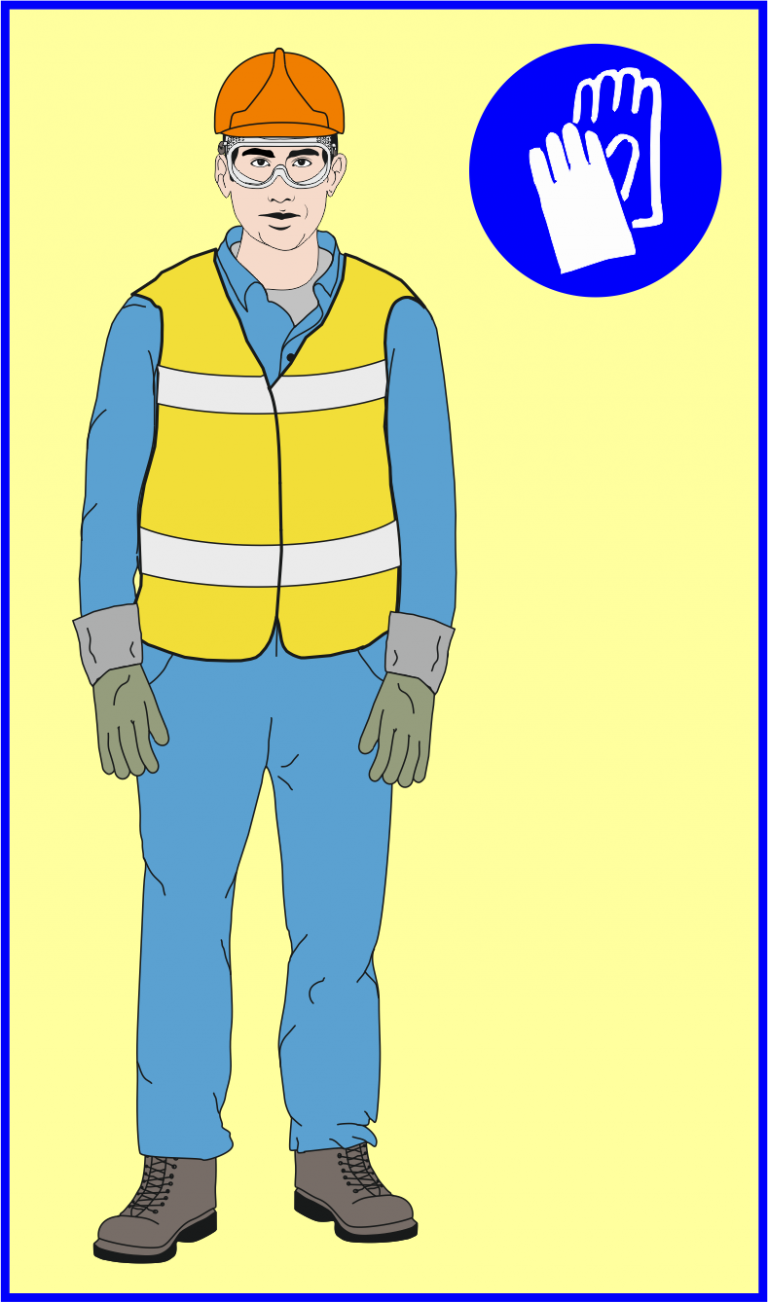
Safety Gloves
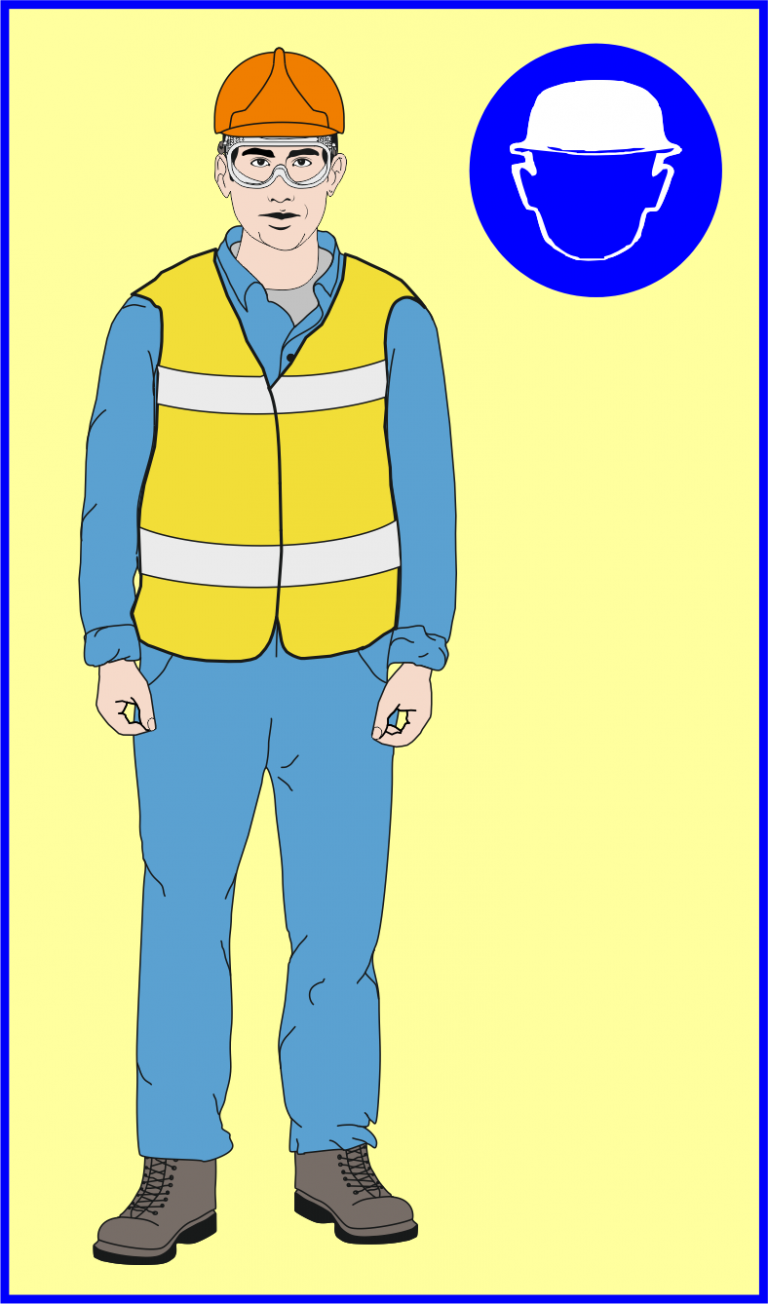
Safety Helmet
Hazards
Impact from falling or flying objects, risk of head bumping, hair
getting tangled in machinery, chemical drips or splash, climate or
temperature.
Options
Industrial safety helmets, bump caps, hairnets and firefighters’
helmets.
Note
Some safety helmets incorporate or can be fitted with specially-
designed eye or hearing protection.
Don’t forget neck protection, eg scarves for use during welding
Replace head protection if it is damaged